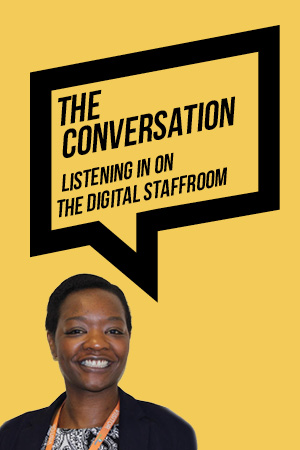Publisher
John Catt Educational
ISBN 10
1398388874
Published
14 Jul 2023
Improving pupil wellbeing is often seen as a pastoral matter, somehow separate from the job of teaching. In my view, however, our pastoral and academic work are not two distant islands – one populated by teachers and the other by tutors; they are interconnected and indivisible. In that regard, Kirsten Colquhoun’s consistent reiteration throughout this book that it is “for teachers who […] lead pastorally every period or every day” couldn’t be more welcome.
Where better to start A practical guide to pupil wellbeing than by defining its terms? Colquhoun recognises that “Wellbeing is seldom defined, but instead observed” and goes on to offer her own: “the sweet spot where the person can cope, respond and continue to progress in their life in spite of challenges posed”.
This ‘sweet spot’ is given a visual representation in the form of scales, with resources on one side of the balance and challenges on the other, and this cover image serves as a helpful anchor when considering the strategies outlined throughout the book. For example, the chapter on homework had me immediately recall situations in which homework setting felt absolutely right, but the image reminded me to view the issue through the lens of wellbeing and my internal conversation became a very different one.
To be clear, though: If you’re looking for a handbook to introduce on INSET day and invite all staff to embed by the end of the term, A practical guide to pupil wellbeing isn’t that book. Rightly, Colquhoun doesn’t set out to offer such a guide and this book is not to be read as a checklist. But that doesn’t mean the title is in any way misleading.
The book is indeed a practical guide, but it is about strategies rather than techniques. For example, Colquhoun adopts the view that being research-informed as opposed to research-led is the healthier way to approach any publication that suggests a particular practice is conducive (or not) to pupil wellbeing. Adaptations are key to making a technique work in your own setting and with the students in your care.
It is the threads that run throughout that will have the greatest impact
Accordingly, her own suggestions are broad and less prescriptive, but they are mostly manageable and can be implemented with relative ease. For example, she suggests swapping high-stakes assessments for low-stakes to reduce teacher workload as well as improve pupil wellbeing (and thus performance). She also urges us to carefully consider how, when and why we set homework to achieve better learning experiences in the classroom as well as improve pupil wellbeing.
One drawback of the book is that some chapters read as a collection of useful suggestions whereas others are more conceptual or discussion-provoking. The chapter on sleep offers a wide range of evidence to show that sleep deprivation/disruption is a sincere issue for teenagers but is limited in its suggestions of what teachers can do to change poor sleep habits.
Another drawback is that some of the suggestions are valuable only when other parts are already in place. For example, inviting students to give feedback on whether homework deadlines are reasonable holds great value if students already have a sense of intrinsic motivation and a sense of belonging.
Having said that, this is not a book that should read only in chunks on the hunt for quick wins. Instead, it is the threads that run throughout that will have the greatest impact. The importance of students feeling they belong and are valued. That teachers “should never feel alone in their mission to educate, safeguard and protect wellbeing”. And perhaps most importantly, that absence of proof is not proof of absence. As Colquhoun writes: “if pupils have not come to you with these issues (hint, it is not because they don’t exist) consider why they don’t”.
This book won’t be the bedrock of our next whole-school development plan or strategic vision. But, it will shape conversations about how we can all prioritise student wellbeing in our own roles; that’s a good first step.













Your thoughts